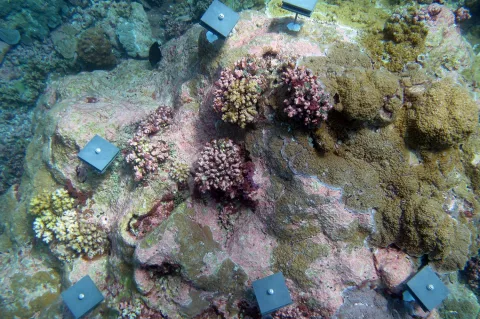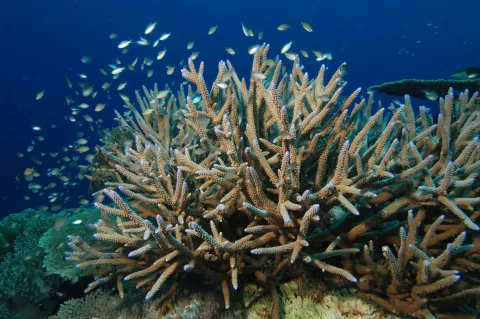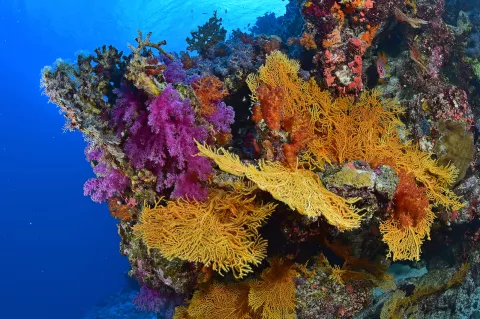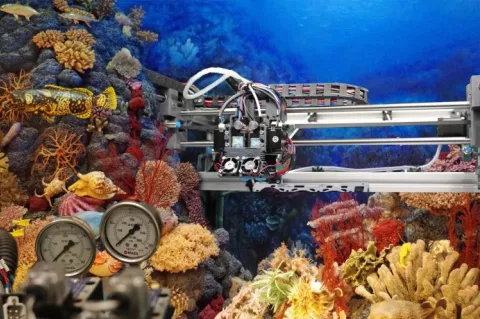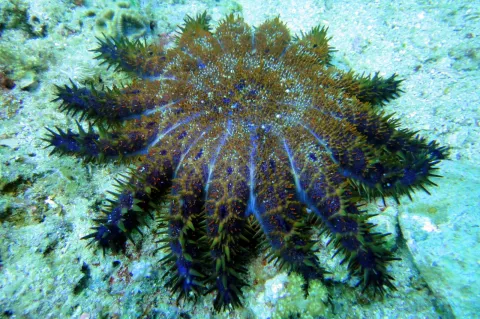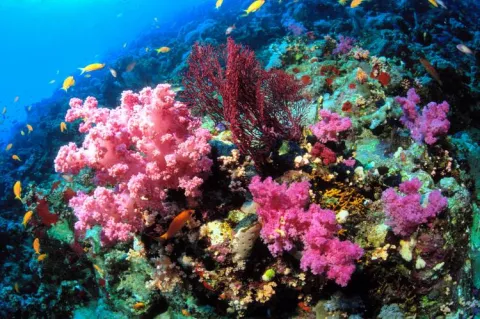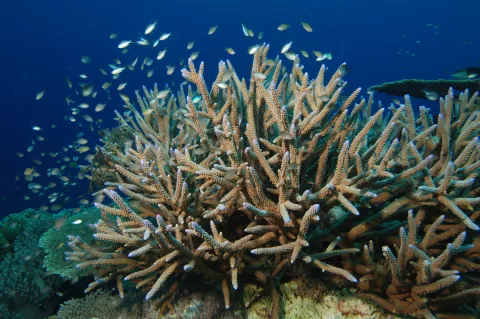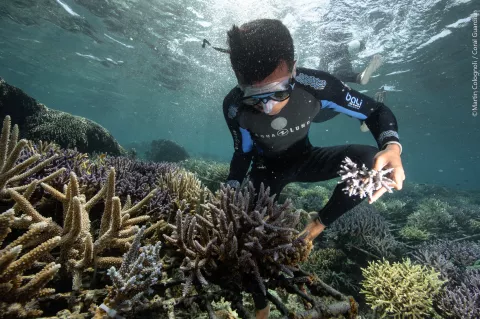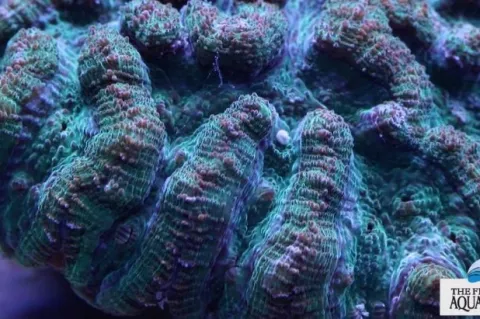Corals seek cooler pastures in subtropical waters
Coral reefs have been seeking new pastures, as rising temperatures heat up their natural habitats.
Over the last four decades, coral reefs have been progressively shifting their homes from equatorial waters to more temperate regions.
The reason? Climate change.
“Climate change seems to be redistributing coral reefs, the same way it is shifting many other marine species,” said Nichole Price, a senior research scientist at Bigelow Laboratory for Ocean Sciences and lead author of the paper on the topic.

